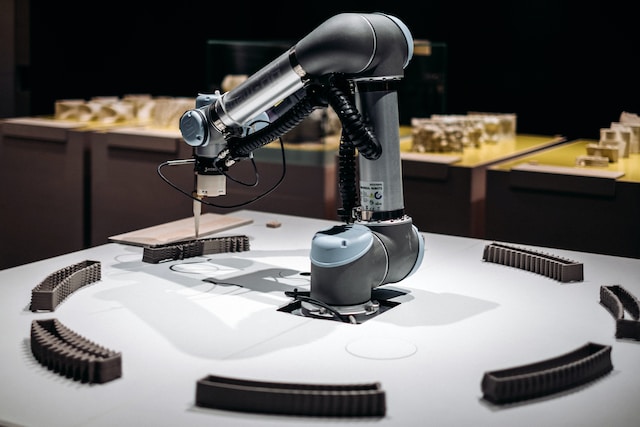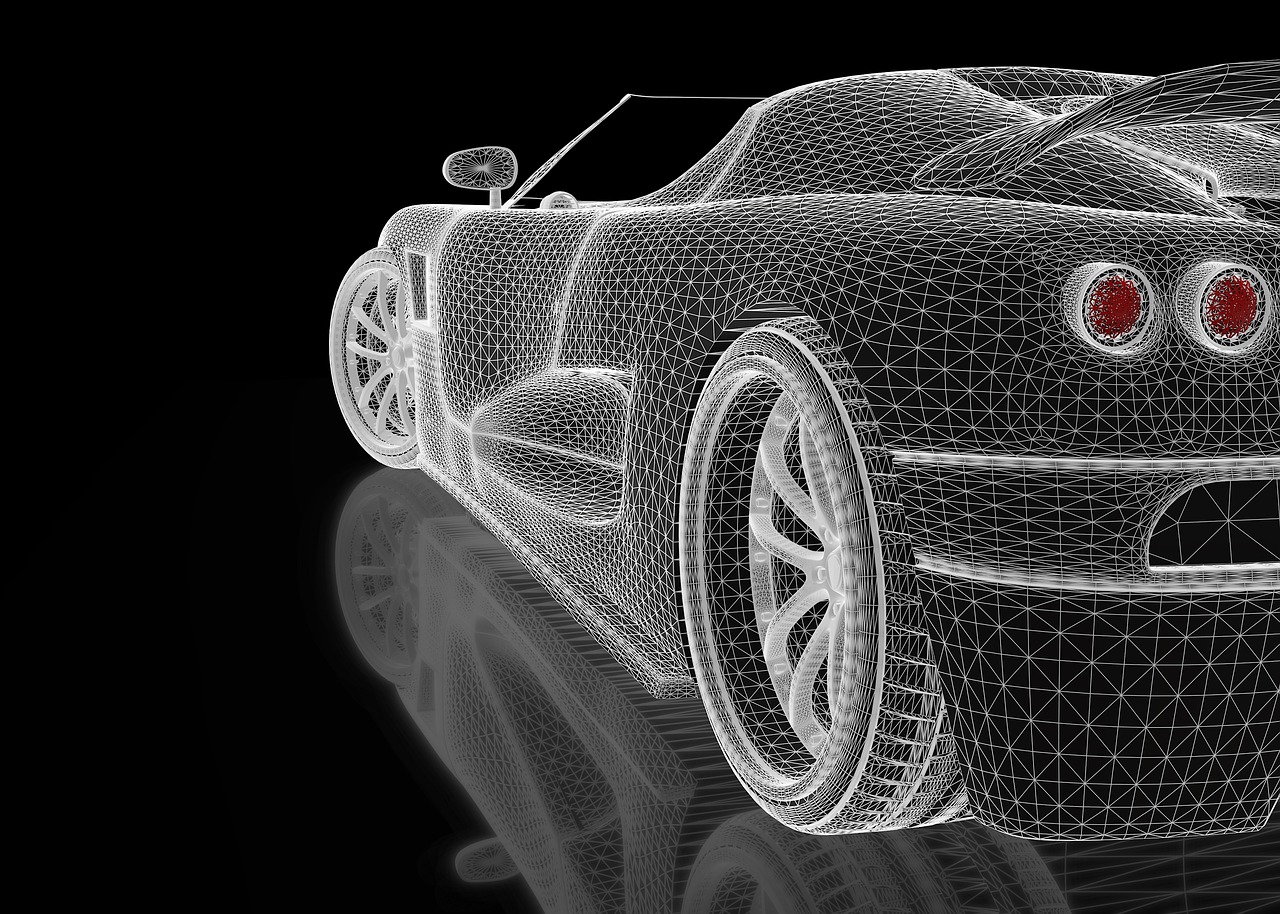In today’s fast-evolving world, the construction industry is witnessing an immense shift toward adopting handy and ingenious technologies in commercial building projects. These revolutionary advances modernize traditional construction approaches and bring remarkable advantages to safeguard owners, developers, and the built environment.
Integrating innovative building technologies is now more critical than ever, as it simplifies processes and boosts sustainability, adeptness, cost-effectiveness, and security throughout the project’s lifespan. In this blog post, you can explore various cutting-edge construction technologies that you can take note of and consider applying to your work.
8 Leading Construction Technologies for Your Projects
Day by day, structure technologies continuously develop—shaping engineering’s future and transforming how buildings are planned, constructed, and maintained. Below are several key innovative construction advancements that are producing a significant influence on the construction industry:
- Building information modeling (BIM): This is an intricate and collaborative digital model of the commercial structure’s physical and functional features. BIM enables architects, engineers, and other members of the construction teams to work hand-in-hand in a virtual setting, encouraging better coordination, conflict detection, and effective project management. It also helps improve communication, lessen errors, and enhance project timelines, resulting in more sustainable and economical establishment solutions.
- 3D Printing: Alternatively known as additive manufacturing, 3D printing has become rapidly popular due to its capability of producing complex shapes and structures accurately. This convenient construction technique upgrade includes layer-by-layer materials deposition, including concrete, to construct whole establishments or specific building components. It also diminishes material wastage, labor fees, and construction period—promoting inventive and sustainable layouts to architects.
- Prefabrication and modular construction: Prefabrication involves creating structure components off-site and forming them on-site, streamlining the procedure. On the other hand, modular construction brings this concept further by constructing the entire commercial establishment modules that builders can pile or merge to produce a much bigger structure. Prefabrication and modular construction curtail building time, improve quality control, and give building design tremendous flexibility and adaptability.
- Drones and UAVs: These have evolved into valuable construction site mechanisms for tracking and surveying tools. They provide real-time information and high-resolution imagery, managing project tracking, progress monitoring, and recognizing each possible safety hazard. Drones can greatly help save time and resources while boosting construction site safety.
- Internet of Things (IoT): This installs devices and sensors into facility equipment, machinery, and building systems, allowing seamless data collection and real-time surveillance. IoT technology helps increase establishment performance, revamps energy consumption, and upgrades maintenance productivity. Moreover, it also permits predictive upkeep, lowering downtime and operational costs.
- Virtual Reality (VR) and Augmented Reality (AR): These technologies have altered the style and visualization procedure. VR and AR special mechanisms empower relevant construction professionals to conduct virtual building walkthroughs before the construction’s onset, stimulating better decision-making and learning of spatial relationships. Furthermore, they also help experts train construction builders and improve safety codes.
- Green building technologies: Sustainable structure technologies, like solar panels, rainwater harvesting, green roofs, and energy-efficient HVAC systems, are in trend nowadays to decrease the environmental impact of architectural buildings. These innovative advances lower operating expenses and enhance indoor air quality and occupant convenience. Many experts recommend safeguarding their integral HVAC utilities and other structure facilities with BA-MSD Medium Security access panels, primarily if they aim to achieve LEED certification.
- Self-healing materials: These materials in an establishment project can extend the buildings’ lifetime by automatically fixing damage and cracks. Elements like self-healing concrete can lessen care costs and increase the structures’ sturdiness. This self-care ability means structures may last longer with less intervention over their lifetimes. Going beyond simply making repairs easier, self-healing materials herald a new era of responsive, proactive engineering.
Reimagining Construction: The Future Is Now
Integrating these innovative construction technologies has enormous potential to transform the industry—delivering boosted efficiency, sustainability, and safety. It requires an evolving mindset for industry players and demands eagerness to embrace change from engineers, architects, construction workers, and project managers.
There will be hurdles as humans and machines learn to collaborate effectively. But by staying committed to progress through technological advancement, the construction industry can pave the way for a more efficient, greener, and vibrant future of engineering and construction projects.







